The catastrophe in Yemen
A Saudi Arabian blockade has left millions of civilians starving, and without fuel or clean water. What is this conflict about?
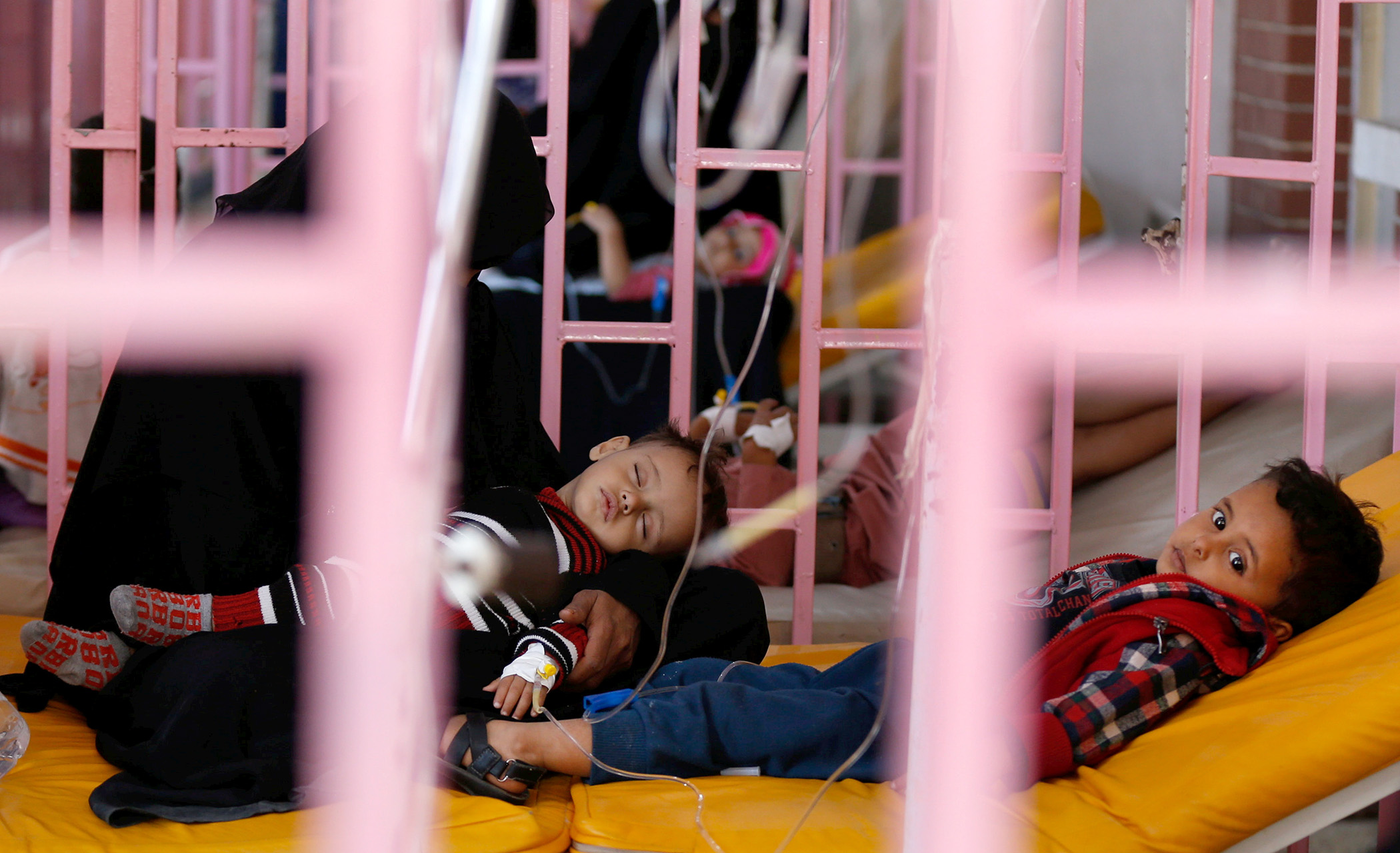
A Saudi Arabian blockade has left millions of civilians starving, and without fuel or clean water. What is this conflict about? Here's what you need to know:
What's happening?
Yemen is in the midst of a massive humanitarian crisis. It was already the poorest country in the Middle East before a Sunni-Shiite civil war tore the nation into two dysfunctional halves, and two years of massive bombing by a Saudi-led Arab coalition have destroyed hospitals, schools, factories, and mosques and reduced parts of many cities to rubble. The destruction of water treatment plants and sewage systems has caused the worst cholera outbreak in modern history, with nearly a million people infected and thousands dead. With Yemen importing 90 percent of its food, most people there were malnourished even before the Saudis imposed a blockade last month in response to a rebel missile fired at the Saudi capital, Riyadh. Now both food and fuel are unaffordable, clean water is scarce, and the hospitals that remain open are full of skeletal children and sick adults. If the blockade isn't fully lifted soon, says U.N. Under-Secretary-General for Humanitarian Affairs Mark Lowcock, Yemen will face "the largest famine the world has seen for many decades, with millions of victims."
The Week
Escape your echo chamber. Get the facts behind the news, plus analysis from multiple perspectives.

Sign up for The Week's Free Newsletters
From our morning news briefing to a weekly Good News Newsletter, get the best of The Week delivered directly to your inbox.
From our morning news briefing to a weekly Good News Newsletter, get the best of The Week delivered directly to your inbox.
How did the war start?
It's a result of the Arab Spring. Yemenis seeking more say in their government ousted their president, Ali Abdullah Saleh, in 2012, and started drawing up a new constitution. But the Houthis, a Shiite minority group based in the north, rejected it as unfair. In 2015, allied with troops loyal to their former enemy Saleh, they attacked, and chased new President Abed Rabbo Mansour Hadi out of the capital, Sanaa. He turned to Saudi Arabia for aid. The Saudis already distrusted Yemen because of its democratic leanings and large, heavily armed population of 28 million, and the threat of a hostile Shiite power on their southern border was too much to bear. Crown Prince Mohammed bin Salman did not commit many ground troops, instead choosing to bombard cities with cluster bombs and choke off Houthi supplies by blocking airports and seaports. More than 10,000 civilians have been killed and some 50,000 wounded, as Saudi airstrikes have hit hospitals, schools, and even weddings and funerals. Amnesty International has accused the coalition of "deliberately targeting" civilians.
Who else is involved?
The Saudis' coalition of Sunni Muslim states includes the UAE, Egypt, Morocco, Jordan, Sudan, Kuwait, Qatar, and Bahrain. They are assisted by southern Yemeni militias, some of the Yemeni army based in Aden, and Islamist extremist groups. The Houthis, on the other hand, have been supplied with missiles and other weapons by Iran. The rebels are not a true Iranian proxy like Hezbollah in Syria or Shiite militias in Iraq — the Houthis' version of Shiite Islam is very different from Iran's — but Iran's leaders are egging on the conflict to cause problems for their Saudi rivals. Meanwhile, the war is in stalemate, with the Saudi-backed Hadi faction controlling the south, and the Houthis dug into their strongholds in the north. This week, Houthi rebels deepened the conflict by killing former President Saleh after he made reconciliation overtures to the Saudis.
A free daily email with the biggest news stories of the day – and the best features from TheWeek.com
What is the U.S.'s role?
The U.S. is the biggest supplier of weapons to Saudi Arabia, with sales of planes, tanks, and bombs surging under President Obama and continuing under President Trump. At the beginning of the Yemeni conflict, in 2015 and 2016, U.S. forces directly assisted the Saudi-led coalition in targeting the Houthi rebels. The Pentagon says it no longer provides that aid, but since Trump took office it has doubled its refueling assistance, operating "gas stations in the sky" that allow Saudi planes to refuel in flight for their bombing sorties. In November, in a rare rebuke, Congress passed a nonbinding resolution saying that U.S. military assistance to Saudi Arabia for its war in Yemen has not been authorized by Congress and is not included under use-of-force laws passed in 2001 and 2002. It said the Pentagon must restrict its activities to combating Yemen's branch of al Qaeda. Al Qaeda and other terrorist groups in Yemen are growing as they recruit angry, desperate Yemenis.
Is there hope of a truce?
Not much. President Trump enthusiastically praised the Saudis' "strong action" against the Houthis; on his visit to Riyadh in May, he offered them another $110 billion in weapons. The U.S. and U.K. — which also sold the Saudis more than $1 billion worth of arms this year — have blocked significant international intervention to halt the war, and while the U.N. has held three rounds of peace talks, they went nowhere. Humanitarian groups are now begging Saudi Arabia to lift the blockade, and on Wednesday President Trump directed U.S. officials "to call the leadership of the Kingdom of Saudi Arabia to request that they completely allow food, fuel, water, and medicine to reach the Yemeni people who desperately need it." The unusual public order urged that "this must be done for humanitarian reasons immediately." Others maintain that it is already too late for many Yemenis. Paolo Cernuschi, of the International Rescue Committee, said: "We are far beyond the need to raise an alarm. What is happening now is a complete disgrace."
The worst-case scenario
Some Middle East experts fear that the Yemen conflict could lead to all-out regional war between Sunni Saudi Arabia and Shiite Iran. The Saudi government has blamed Iran for the ballistic missile launched from Yemen toward Riyadh, calling it "a blatant act of military aggression by the Iranian regime." The Saudis fear being surrounded, with a Houthi-run Yemen to the south and Iraq and Syria to their north — two countries that are increasingly under Iranian influence. That fear was behind the Saudi blockade earlier this year of Qatar, an Arab country with friendly relations with Iran, and Riyadh's recent attempt to undermine Hezbollah influence in Lebanon. Prince Mohammed, 32, the fiery heir apparent to the Saudi throne, recently likened Iran to Nazi Germany in the 1930s. "We learned from Europe that appeasement doesn't work," he said. "We don't want the new Hitler in Iran to repeat what happened in Europe in the Middle East." Suzanne Maloney, a specialist in Iran at the Brookings Institution, said Tehran "has good reason to feel threatened right now by the actions of the Saudis and by the appearance of some collusion between the Saudis, the United States, and even the Israelis." When Iran's leaders feel threatened, she said, "they believe the best defense is a good offense."
-
 Storyteller: a ‘fitting tribute’ to Robert Louis Stevenson
Storyteller: a ‘fitting tribute’ to Robert Louis StevensonThe Week Recommends Leo Damrosch’s ‘valuable’ biography of the man behind Treasure Island
-
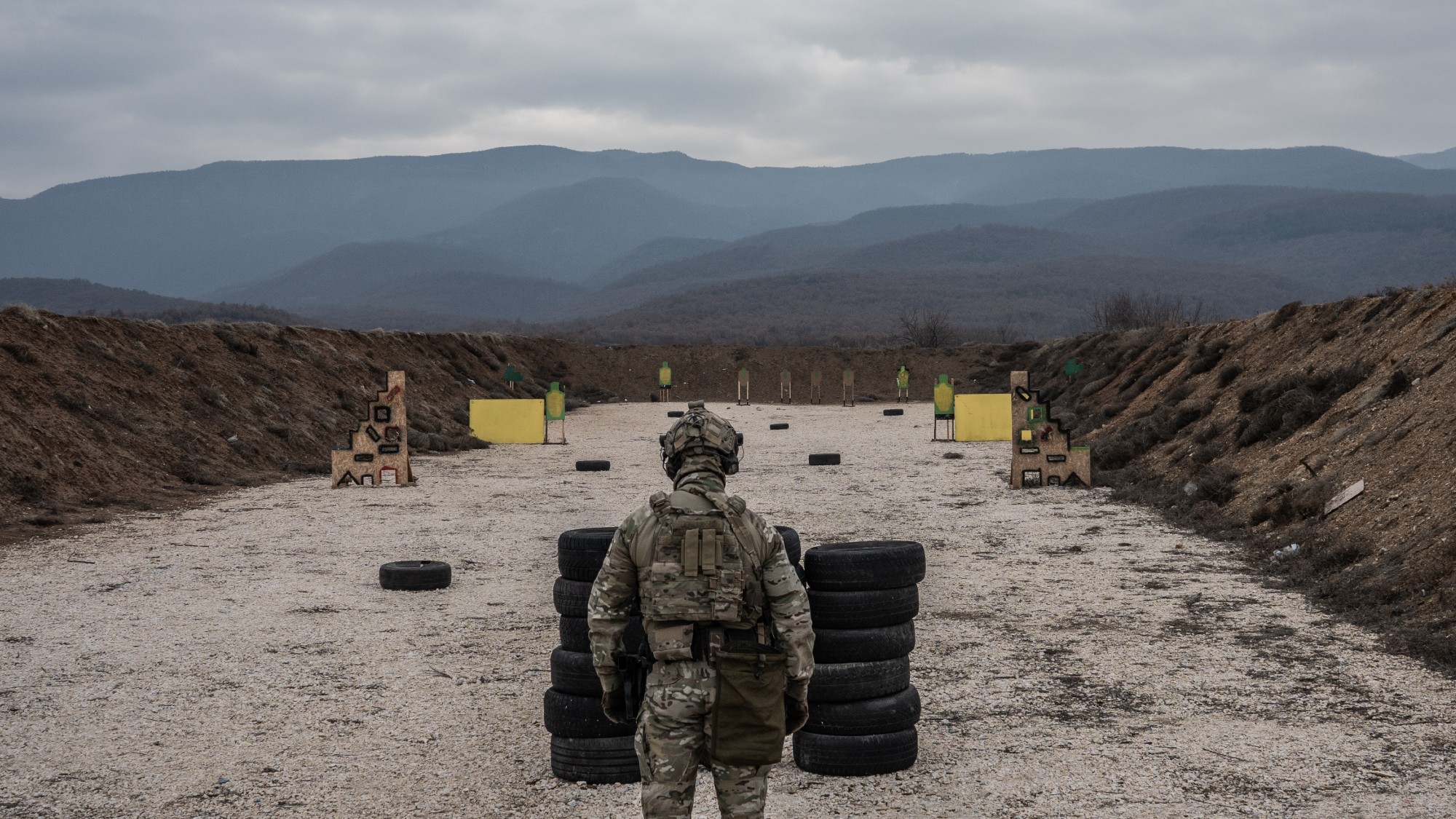 Is Europe finally taking the war to Russia?
Is Europe finally taking the war to Russia?Today's Big Question As Moscow’s drone buzzes and cyberattacks increase, European leaders are taking a more openly aggressive stance
-
 How coupling up became cringe
How coupling up became cringeTalking Point For some younger women, going out with a man – or worse, marrying one – is distinctly uncool
-
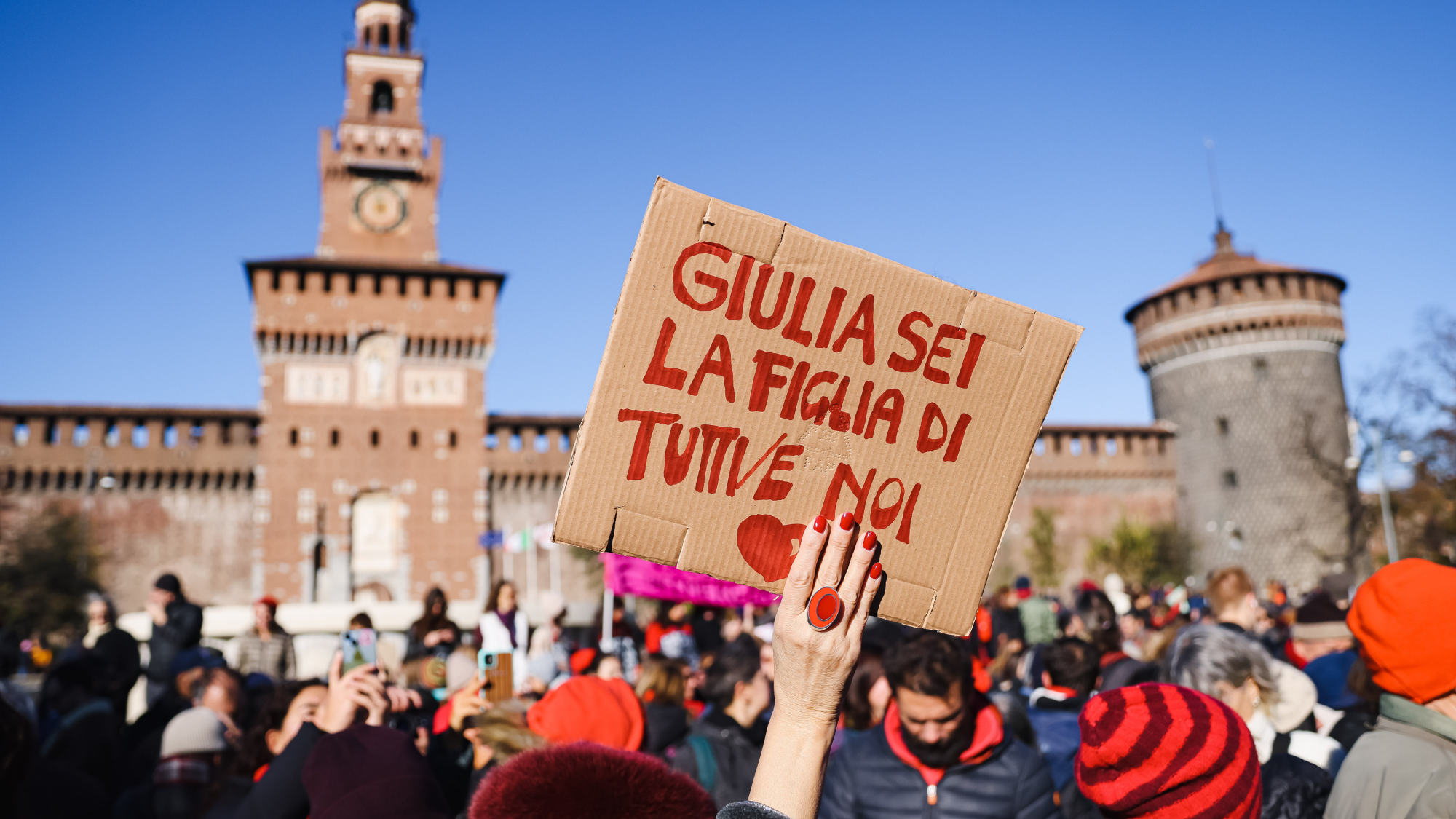 Femicide: Italy’s newest crime
Femicide: Italy’s newest crimeThe Explainer Landmark law to criminalise murder of a woman as an ‘act of hatred’ or ‘subjugation’ but critics say Italy is still deeply patriarchal
-
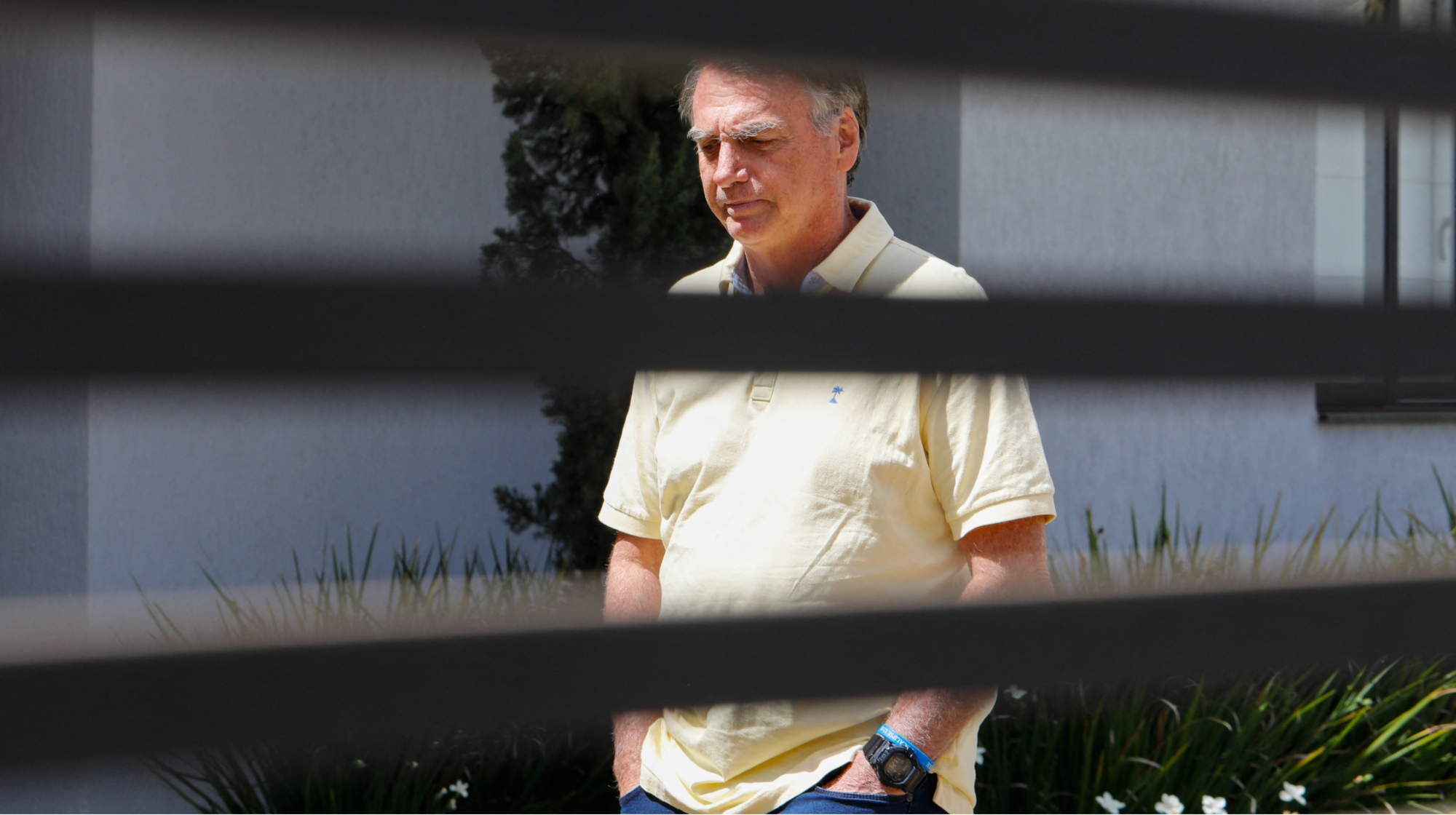 Brazil’s Bolsonaro behind bars after appeals run out
Brazil’s Bolsonaro behind bars after appeals run outSpeed Read He will serve 27 years in prison
-
 Americans traveling abroad face renewed criticism in the Trump era
Americans traveling abroad face renewed criticism in the Trump eraThe Explainer Some of Trump’s behavior has Americans being questioned
-
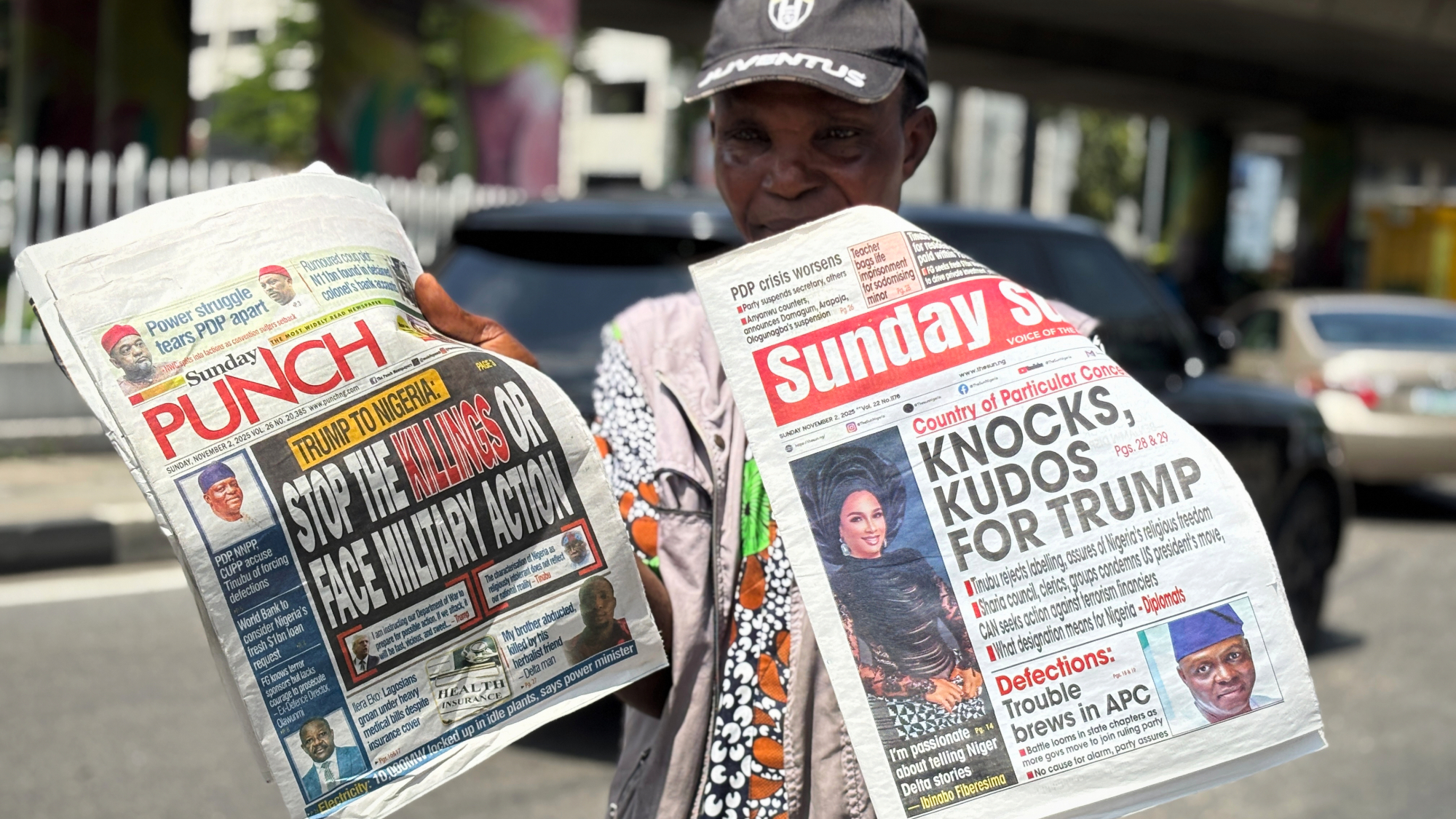 Nigeria confused by Trump invasion threat
Nigeria confused by Trump invasion threatSpeed Read Trump has claimed the country is persecuting Christians
-
 Sanae Takaichi: Japan’s Iron Lady set to be the country’s first woman prime minister
Sanae Takaichi: Japan’s Iron Lady set to be the country’s first woman prime ministerIn the Spotlight Takaichi is a member of Japan’s conservative, nationalist Liberal Democratic Party
-
 Russia is ‘helping China’ prepare for an invasion of Taiwan
Russia is ‘helping China’ prepare for an invasion of TaiwanIn the Spotlight Russia is reportedly allowing China access to military training
-
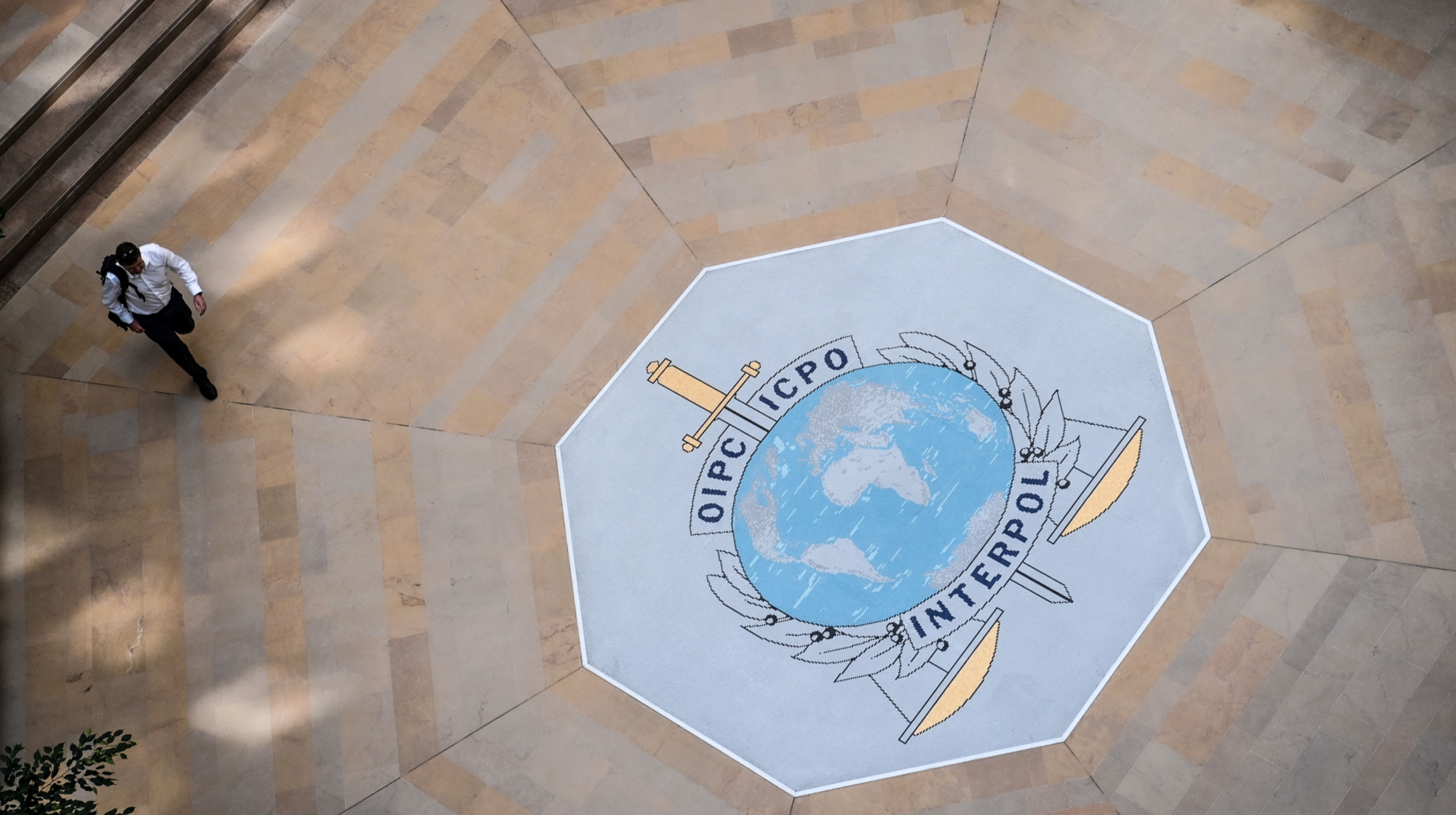 Interpol arrests hundreds in Africa-wide sextortion crackdown
Interpol arrests hundreds in Africa-wide sextortion crackdownIN THE SPOTLIGHT A series of stings disrupts major cybercrime operations as law enforcement estimates millions in losses from schemes designed to prey on lonely users
-
 China is silently expanding its influence in American cities
China is silently expanding its influence in American citiesUnder the Radar New York City and San Francisco, among others, have reportedly been targeted